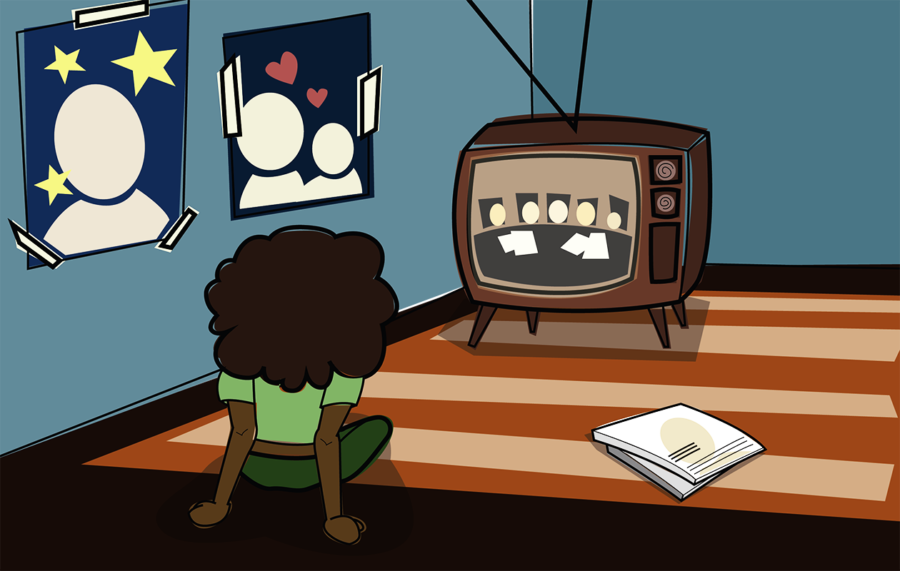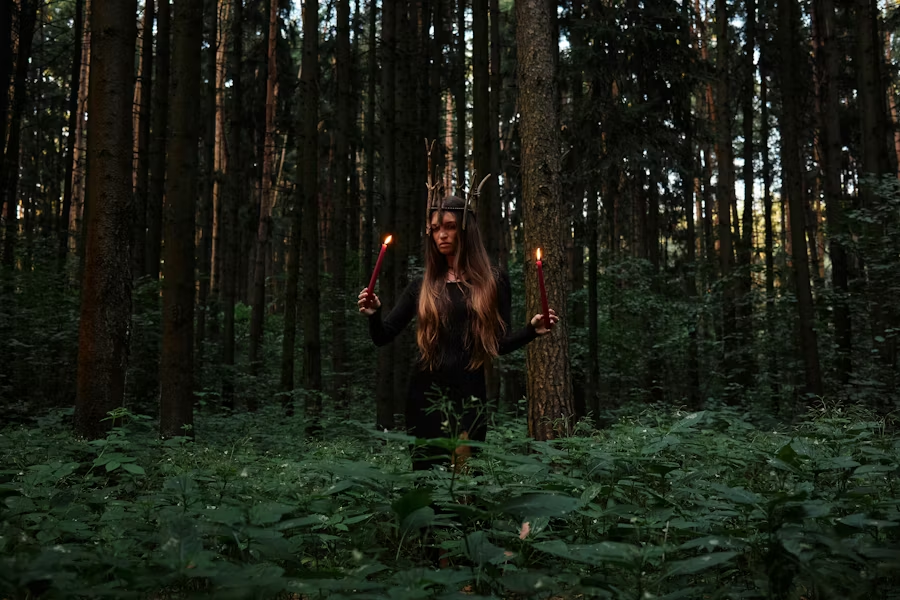As you all know 2020 has been a crazy year. From COVID-19, to the out of control California wildfires and even to the unfortunate death of some of the world’s most beloved people, such as Kobe Bryant and Chadwick Boseman, we all have been through during the past nine months. However, one of the biggest events in 2020 that has sparked worldwide has to be the revival of the #blacklivesmatter movement.
Black Lives Matter has been around for a few years now, but it was in 2020 where it gained a large amount of attention. Sparked from the outrage of police brutality against George Floyd, #blacklivesmatter trended almost immediately on social media. This led to many of us spending the summer viewing posts against police brutality, liking stories featuring #saytheirnames and walking down the streets at peaceful protests. However, as the weeks went by the #blacklivesmatter movement started to feel less like genuine desire for equal rights and more like a trend to look good on social media and in front of the public.
A great example of this was the posting of black squares on Blackout Tuesday. What initially started as a way for people in the music industry to reflect and pay a day of respect towards the police brutality and protests happening across the nation, it quickly turned into a social media movement that resulted in a mass of black squares posted on multiple social media platforms. The original hashtag started by the industry was actually #TheShowMustBePaused, but eventually morphed into the #blacklivesmatter caption which was criticized because the abundance of that hashtag hid all genuine resources at the bottom of the list and put a bunch of black squares at the top. While there was an overwhelming amount of support and posting of black boxes during Blackout Tuesday it is questionable whether some postings were from genuine support or as a way to hop onto the “trend” and look active in front of the public.
Amaria Simmons, a sophomore psychology and pre-med major at Spelman College speaks out to how she believes it was a combination of both.
“I do think that people posted the squares on their Instagram pages as a trend for the most part,” Simmons said. “I believe in the beginning that the people who were posting the squares were really trying to bring awareness to what was going on in the world and make sure everyone who saw their post would remember to think that, ‘Hey, Black lives matter so please partake in signing petitions, going to protests, be an active ally and member of the community and try to help us make change.’”
Simmons pointed out that it was after Blackout Tuesday when she saw the lack of activism and the dialed down hype for the movement.
“After seeing the lack of petition signing, no reposts on any Instagram stories about the movement and an absence of active involvement in protest from people, I realized that a good amount of the posts were just for a trend and not to actually make a difference,” Simmons said. “It was to fit in and nothing more.”
Recently, actor John Boyega, most well known for his portrayal of the character Finn in the Disney Star Wars series, interviewed with GQ and spoke out about his experience as Finn and what it was like being a main character that was Black. He expressed that he felt compared to his other co-stars, the franchise didn’t really know what to do with his character, even though he was marketed as such an important figure.
“You get yourself involved in projects and you’re not necessarily going to like everything,” Boyaga said. “[But] what I would say to Disney is do not bring out a Black character, market them to be much more important in the franchise than they are and then have them pushed to the side. It’s not good. I’ll say it straight up.”
The mistreatment of using Black people and Black culture is not just applicable to social media and characters on television, but are pertinent in our own community here at Kent State. Within the past few weeks, the Kent State Black community faced racism after the well known Rock in front of campus was spray painted with demeaning and derogatory slurs. Though the Kent administration finally released a list of promising actions to ensure the safety of the students on campus and to end the racist messages on the Rock, it took four defacings and a student led peaceful protest to get to that point.
Black people are not trends to look active on social media. Black people are not marketing opportunities to look diverse in front of the masses. Black people are not diversity boxes that need to be checked or picture opportunities to look diverse on the front page of a website. Black people are human beings that matter and it is time that as society as a whole, we recognize that and treat them as such.
Support Student Media
Hi, I’m Maria McGinnis, a senior journalism student from Stow, Ohio. I’m also the editor in chief of A Magazine. My staff and I are committed to bringing you the most important and entertaining news from the realms of fashion, beauty and culture. We are full-time students and hard-working journalists. While we get support from the student media fee and earned revenue such as advertising, both of those continue to decline. Your generous gift of any amount will help enhance our student experience as we grow into working professionals. Please go here to donate to A Magazine.












